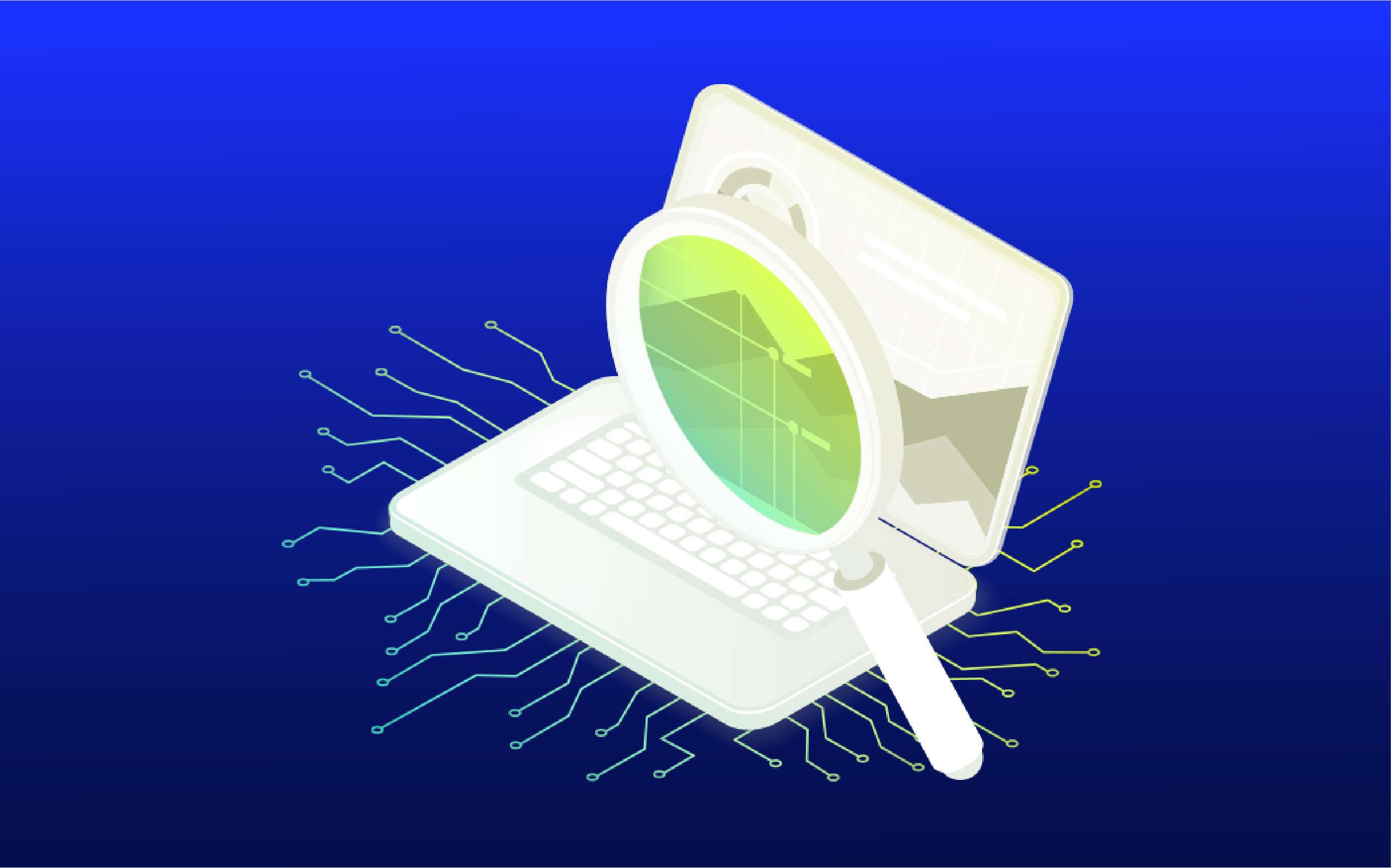Why SREs need better visibility, not more tools

LogicMonitor + Catchpoint: Enter the New Era of Autonomous IT

Proactively manage modern hybrid environments with predictive insights, intelligent automation, and full-stack observability.
Explore solutionsExplore our resource library for IT pros. Get expert guides, observability strategies, and real-world insights to power smarter, AI-driven operations.
Explore resources
Our observability platform proactively delivers the insights and automation CIOs need to accelerate innovation.
About LogicMonitor
As a site reliability engineer (SRE), you juggle a lot of moving targets. You keep tabs on your operational environment’s health and maximize service levels, all while trying to scale your business and exceed client expectations. To hold it all together, you’ve likely implemented a hybrid cloud strategy to keep a watchful eye over everything: your on-premises infrastructure, containers, and numerous cloud deployments. But before you know it, you have multiple monitoring tools tracking every system in your stack.
Historically, rapid growth meant providing teams with their own monitoring tools to satisfy immediate needs. Maybe IT ops cares about workloads across core infrastructure to ensure transaction speed, while cloud ops teams handle day-to-day coding, testing, and deployment for the website. As a result, developing and operationalizing across environments becomes complex and expensive, especially when you cannot connect what happens across your stack. Suddenly, you’re struggling with multiple, siloed observability tools, gazing at an array of disconnected dashboards. How do you scale and keep pace with modern systems development when you’re drowning in a confusing cacophony of alert noise? Recognizing and resolving alerts becomes tedious. Are alerts related? Are tools connected? Are you recognizing root causes and spotting anomalies, or are you simply reacting to issues?
Take, for example, a website crashing during a huge sale. Cue panic. You could rely on a combination of logs and traces to try to locate the meltdown, but what was the true root cause? Was it because of inadequate server capacity, or was it something preventable like a microservice mishap? When you have disconnected monitoring tools across your stack, locating – and better yet, predicting – errors becomes daunting. The result? Lost revenue, unplanned downtime, and angry customers. The long-term impacts are worse: the cost and complexity of managing multiple tools becomes unsustainable.
Growing with a “tools first” approach results in tool sprawl, which can cause major observability problems for SREs who rely on timely data to balance scalability and reliability. They need to quickly make decisions for the business without being bogged down by confusing alert noise and rely on the health of cloud services to do it. You can’t hunt through logs and incidents using dozens of monitoring tools and expect meaningful insights. You want to cut the noise, surface the most pressing alerts, and gain insights when and where you need them.
You need full visibility in one place to transform and efficiently measure against your hybrid multi-cloud systems goals. You need a single, scalable observability platform.
LogicMonitor efficiently solves tool sprawl with a single hybrid observability platform that scales across your entire hybrid multi-cloud environment. Our LM Envision platform enables you to observe the health of your entire enterprise, across on-premises, multi-cloud, containerized deployments, and business productivity applications. You can do this using our customizable dashboards and enhanced visualizations all in one place.
With LogicMonitor, your teams have visibility into the same observability data across the enterprise, tearing down silos and removing blind spots so that everyone has insight into critical business health. Here’s what it means for your bottom line:
To learn more about how LogicMonitor can help you consolidate your monitoring tools and emphasize the “reliable” in “reliability,” check out our Cloud Monitoring page.

© LogicMonitor 2026 | All rights reserved. | All trademarks, trade names, service marks, and logos referenced herein belong to their respective companies.
